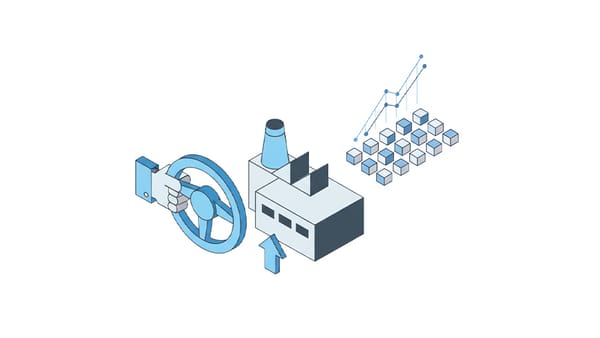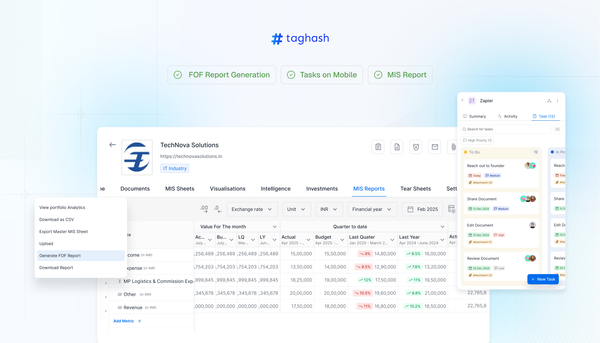Secondary Thinking
How secondaries are changing private equity

In financial markets, the problem of illiquidity is often solved at the edges. Over time, the solution moves inward until it becomes a core part of how the system functions.
Private equity is built on illiquidity. That is part of its promise. Investors commit capital for ten years or more, accepting a lack of liquidity in exchange for potentially higher returns and better alignment. That model has worked for decades. But now, the edges are starting to move.
In 2024, the private equity secondaries market hit $162 billion in transaction volume. That’s up 45% on the year before and nearly double the volume from five years ago. What began as a mechanism for distressed sellers to exit early has matured into a structural feature of how private capital flows.
The original use case was narrow. An investor, often a limited partner in a private equity fund, needed liquidity before the fund reached maturity. They could sell their stake to another investor, typically at a discount. The buyer would gain exposure to an existing portfolio with known assets and a shorter time horizon. It wasn’t perfect, but it worked.
Over time, as more capital flowed into private markets - now estimated at $13 trillion globally - the case for secondaries broadened. Today, secondaries are used not just to exit but to manage. They allow institutions to rebalance portfolios, adjust risk exposure, and unlock capital trapped in long-dated commitments. In effect, secondaries introduce liquidity where the original structure omitted it.
Two Sides of the Market
There are two main types of secondary transactions.
The first are LP-led deals. These involve limited partners - pensions, endowments, sovereign wealth funds - selling their positions in private equity funds. In 2024, LP-led secondaries accounted for $87 billion of volume. Notably, around 40% of those sellers were first-timers, suggesting that this is becoming a normalized part of portfolio management, not just a distress tool.
The second category is GP-led. These transactions are initiated by general partners, the private equity firms themselves. Rather than winding down a fund at the end of its life, a GP can roll some or all of the portfolio into a new structure, often called a continuation vehicle. This allows them to hold onto high-performing assets longer, while offering existing investors the choice to exit or roll forward.
GP-led secondaries totaled $75 billion last year. That figure has grown rapidly, as GPs recognize the value of time in realizing full asset potential. Rather than be forced to sell simply because the fund is ten years old, managers can now give their best assets more room to run with aligned capital behind them.
Liquidity Without Liquidation
One way to think about secondaries is as an intermediate step between private and public markets. They provide liquidity without liquidation. Investors can adjust positions without waiting for an IPO or a sale. Fund managers can offer optionality without distorting their long-term approach.
That’s made the market increasingly attractive to buyers as well. Specialist secondary funds like Coller Capital, Lexington Partners, and Ardian have been joined by large asset managers, sovereign funds, and family offices. Buyers appreciate the shorter duration and clearer visibility into what they’re acquiring - portfolios are already built, performance histories already established.
The economics reflect this. In 2024, secondary deals were executed at an average of 89% of NAV, a tighter discount than in prior years. More data, more competition, and more capital have all contributed to better pricing. The secondary market is no longer a fire sale, it’s a functioning exchange.
The Infrastructure Layer
What’s emerging is a layer of infrastructure that makes private equity more usable. Just as public markets evolved with the addition of derivatives, ETFs, and dark pools - tools that allowed for more nuanced participation - private markets are evolving through secondary liquidity.
This doesn’t mean private equity becomes public. The structures, incentives, and information flows remain different. But it does mean that capital isn’t quite as trapped as it used to be. Investors have more control over timing. Managers have more flexibility in asset stewardship. Buyers have more access, with better data.
To Conclude
Every financial market matures in stages. First comes access. Then comes scale. Eventually, liquidity follows. In private equity, secondaries are the vehicle for that last stage. In the long run, liquidity always finds a way. What was once the exception is now the architecture.
About Taghash
Taghash provides an end-to-end platform for venture funds, private equity, fund of funds, and other alternative investment funds. Over the last seven years, we have served as the tech arm for top VCs, helping them manage operations across deal flow, portfolio, fund, and LP management. Trusted by leading fund managers like Blume Ventures, Kalaari Capital, and A91 Partners, we enable our clients to achieve greater success. Click here to book a demo.




